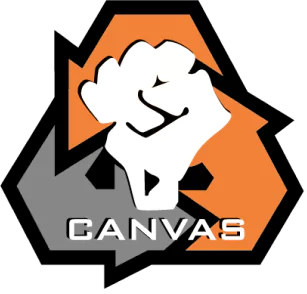Dec 1, 1905-1906
Iran
Constitutional Revolution
Share
ACTIVISTS/ACT.GROUPS/DESCRIPTION OF THE GROUP
merchants, mullahs
TARGET
Mozaffar ad-Din Shah
WIDELY HELD BELIEF
Corrupt governments must step down.
CASE NARRATIVE
Issue and Opponent: In 1905, rampant government corruption and encroaching Western influence caused the Iranian middle class to revolt. At the beginning of the nineteenth century, Iran was economically and ideologically isolated from the European world. However, in the early 1800s, a series of military campaigns from Britain and Russia, followed by diplomatic treaties, allowed both powers significant influence over Iran. Increasing trade with the West in the late 1800s threatened the future of Iran’s urban bazaars– the country’s economic and religious centers. An influx of Western Enlightenment ideas transformed the Iranian middle classes into educated intelligentsia with a perception of their shared values and goals. When Mozaffar ad-Din Shah Qajar took power in 1896 following his father’s assassination, the country was already in a state of economic and social turmoil. Mozaffar ad-Din Shah’s extravagant lifestyle made him reliant on British and Russian loans and deepened the country’s problems. Merchants, reformers, and Islamic scholars shared a common desire to end the corruption of the Qajar dynasty and untangle Iran from British and Russian influences. By 1905, anger over inflated food prices and elevated tariffs on Iranian merchants sparked the Constitutional Revolution.
Dilemma Action: From 1905 through 1906, Iranians staged a series of protests to express their discontent with the country’s economic situation and to demand reforms. In December 1905, the Governor of Tehran ordered the public beating of an elderly and highly respected sugar merchant accused of price gouging. Outrage spread through the bazaar at the news of the beating and in December 1905, merchants closed their shops, and a crowd gathered in protest at the city’s central Royal Mosque. However, the crowd at the mosque was forced to disperse by friends of the mosque’s chief minister, and the protest ended with widespread fear and confusion. The dilemma action occurred in the following days when a group of a few thousand students, merchants, and Islamic scholars staged a migration to the Abdul Azim shrine outside of Tehran. From their sit-in protest at the shrine, the protesters made demands to the government, including the replacement of the Governor of Tehran and the establishment of independent judicial courts. The protesters effectively forced the government to choose between violently removing them from the shrine and creating a media spectacle or giving in to their demands.
Outcomes: For a month, the merchants, students, and Islamic leaders continued their strike from the bazaar and prolonged the sit-in at the Abdul Azim shrine. The government refrained from using violence against the protesters for fear of the bad press it would bring. Eventually, Mozaffar ad-Din Shah Qajar’s government relented and gave in to the demands of the protesters. In January 1906, the protesters left the shrine triumphant and returned to Tehran to greet crowds cheering “Long Live the Nation of Iran.” However, the government did not honor the reforms it had promised the protesters and the issues remained unresolved until further protests pressured the government once again in August 1906. The December 1905 dilemma action at the Abdul Azim shrine was part of a larger campaign in the struggle for economic and political reform in Iran. After the Mozaffar ad-Din Shah government failed to deliver the protester’s demands, fresh protests ensued. In August 1906, Iranians carried out a two-pronged protest. A group of thousands of Islamic leaders, scholars, and students marched out of Tehran into the holy city of Qum in a religious strike. They refused to provide religious or legal services to anyone in Tehran until their demands were met. Similarly, thousands of merchants and sellers went on strike from the bazaar and gathered on the British embassy grounds. Under pressure from the dual religious and economic protests, Mozaffar ad-Din Shah signed a document creating an elected Constituent National Assembly in Iran and appointed a liberal Prime Minister to the country. Although the December 1905 dilemma action was nominally successful, it was not until August 1906 that the protesters’ demands for economic and political reform were met and an Iranian Constitution could be created.
PRIMARY STRUGGLE/GOAL
NONVIOLENT TACTICS USED
DA TACTICS USED
Sit-in
CASE NARRATIVE WRITER
SUCCESS METRICS
10 / 12
(CONC) Concessions were made
(EREP) Dilemma action got replicated by other movements
(MC) Media Coverage
(MSYMP) Media coverage was sympathetic to the activists
(OR) Opponent response
(PS) Dilemma action built sympathy with the public
(PUN) Punishment favored the activists
(REFR) Dilemma action reframed the narrative of the opponent
(RF) Dilemma action reduced fear and/or apathy among the activists
(SA) Dilemma action appealed to a broad segment of the public
PART OF A LARGER CAMPAIGN
3 / 3
Activist group continued working together after the action
Encouraged more participants to join the movement
Internally replicated by the same movement
RESOURCES
Project documentation
Dilemma Actions Coding Guidebook
Case study documentation
Dilemma_Actions_Analysis_Dataset
SOURCES
Anon. N.d. “History of Iran: Constitutional Revolution.” Iran Chamber Society. Retrieved July 14, 2023. (https://www.iranchamber.com/history/constitutional_revolution/constitutional_revolution.php).
http://www.oxfordislamicstudies.com/article/opr/t125/e450. Accessed on April 15, 2022
Katouzian, Homa. 2011. “The Revolution for Law: A Chronographic Analysis of the Constitutional Revolution of Iran.” Middle Eastern Studies, October 19. Retrieved July 14, 2023. (https://doi.org/10.1080/00263206.2011.588797).
Abrahamian, Ervand. 1982. “The Constitutional Revolution. In Iran Between Two Revolutions.” Princeton University Press. Retrieved July 14, 2023. (https://www.jstor.org/stable/j.ctv1fkgcnz).
Abrahamian, E. 1968. “The Crowd in Iranian Politics 1905-1953,” Past & Present. Retrieved July 14, 2023. (http://www.jstor.org/stable/650007).
Anon. N.d. “Iran (1905-present).” University of Central Arkansas. Retrieved July 14, 2023. (https://uca.edu/politicalscience/home/research-projects/dadm-project/middle-eastnorth-africapersian-gulf-region/iran-1905-present/).
Related cases
Oct 2, 1990-1990
Ukraine
The issue at hand was the continued control of Ukraine by the Ukrainian SSR, part of the Soviet Union. The student union was unhappy with the election results that gav...
/
Sep 28, 2009-2009
Guinea
Captain Moussa Dadis Camara took power in a coup in December 2009, following the death of Guinea’s longtime President Lansana Conte. When he took power, Captain ...
/
Feb 1, 2011-2011
Lebanon
Issues and Opposition: The highway leading up to the Faculty of Public Health at Lebanese University in Beirut was accident-prone and dangerous for students approachin...
/
Subscribe to our newsletters to get full access to all materials on our website.

